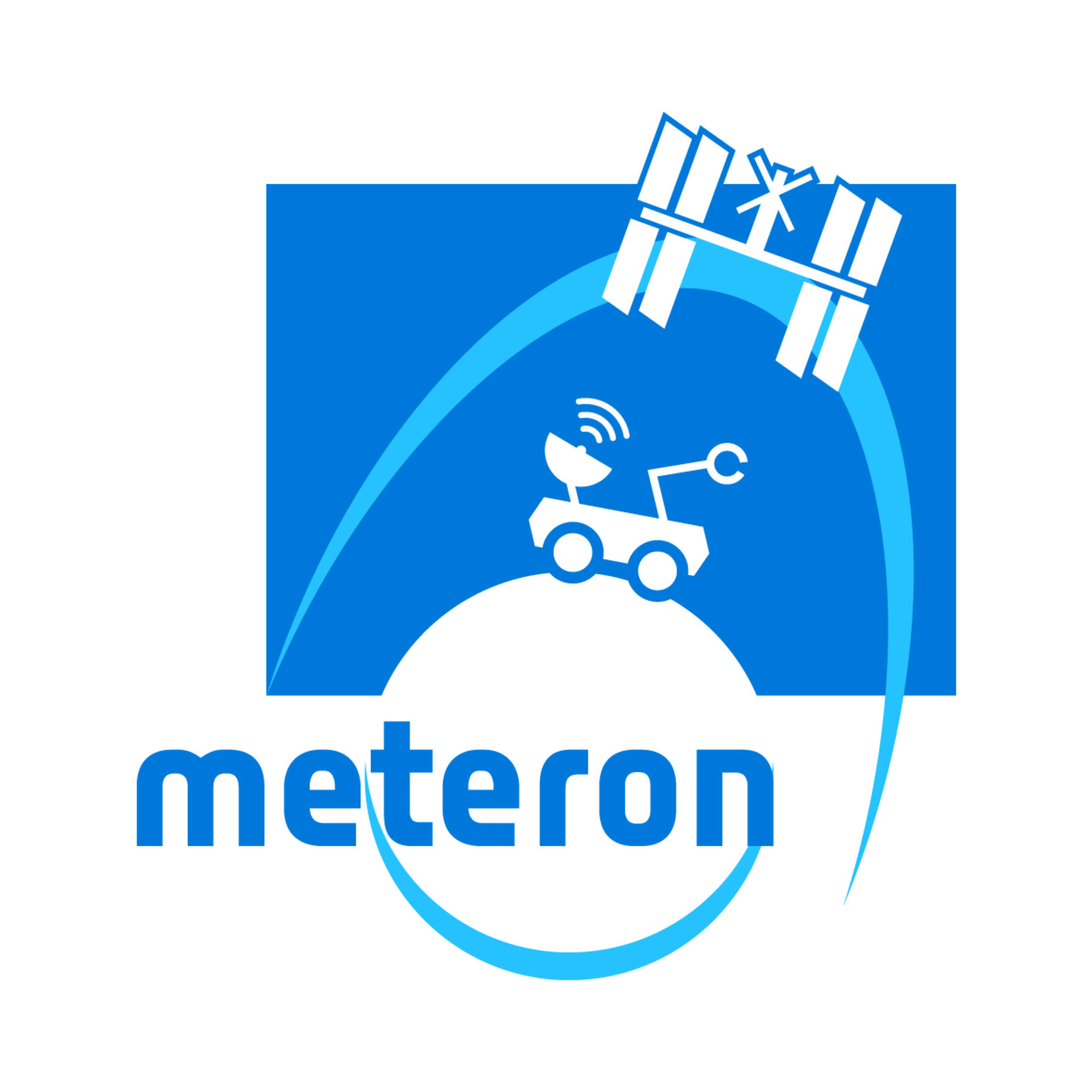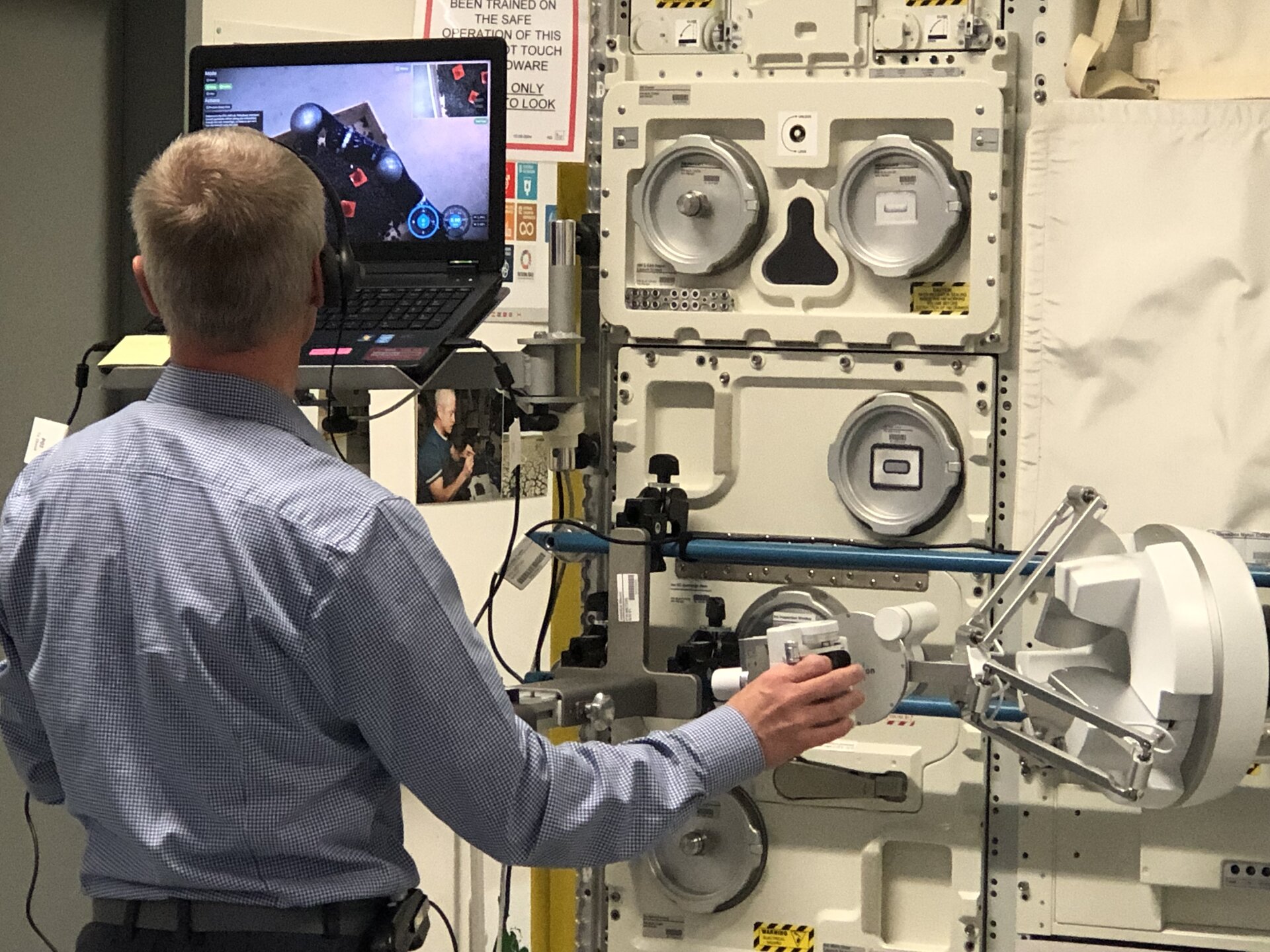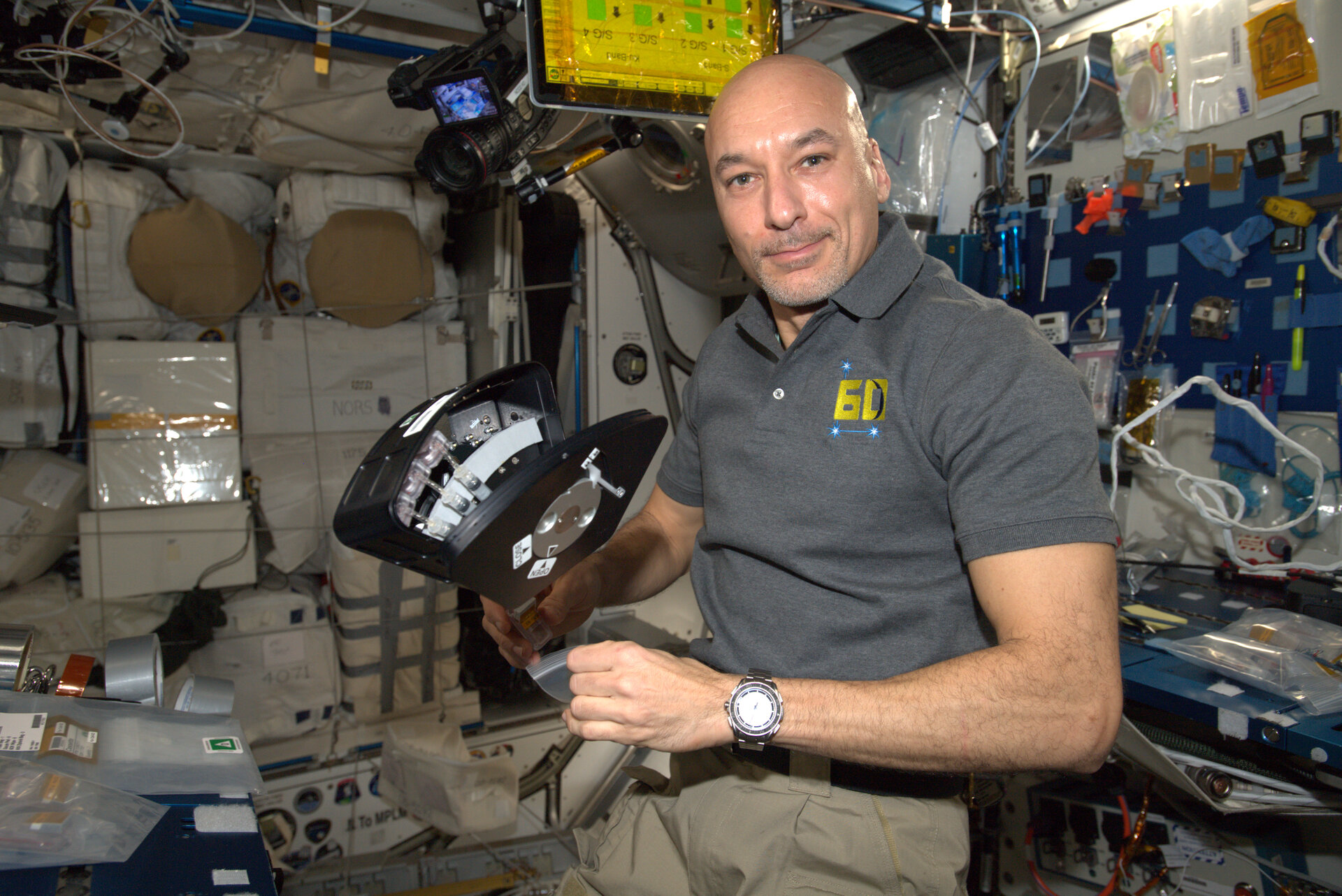Global S&T Development Trend Analysis Platform of Resources and Environment
| Driving test for Luca Parmitano on robotic geology science | |
| admin | |
| 2019-11-18 | |
| 发布年 | 2019 |
| 语种 | 英语 |
| 国家 | 欧洲 |
| 领域 | 地球科学 |
| 正文(英文) | Today ESA astronaut Luca Parmitano will take control of a robot in the Netherlands while orbiting Earth in the International Space Station at a speed of around 7.8 km per second. 
In a series of experiments, collectively called Analog-1, the Space Station will be used as a stand-in for a spacecraft in orbit around another planetary body, such as the lunar Gateway. From here the next wave of exploration of our Solar System will see humans exploring ‘hand-in-hand’ with robots. Robotic scouts guided from lunar orbit can safely investigate uncharted areas and prepare the land for human explorers to set up camp. The same approach could also be used to explore Mars and other planets, transplanting human intelligence and agility to alien surfaces without the expense and potential hazard of landing. The Interact rover that Luca will take over command today is part of ESA’s Multi-Purpose End-To-End Robotic Operation Network, Meteron, project to develop the technology for human and robotic exploration. 
Using a specially-developed ‘space internet’ the signal from the Space Station will travel up to 10 000 km one way to the ground, but Luca will still be able to see and even feel what the robot does despite a considerable time delay. Luca will use two laptops and a Sigma7 ‘force-feedback’ joystick with six degrees of motion to operate the rover. The user interface in the laptops and the element of touch are all aspects that were developed over the last decade of project Meteron – no astronaut has ever operated such a complex from space before. The astronaut has full and direct control of the robotic arm and can feel the forces it feels. License for science
The first session today will see Luca drive the Interact rover through a series of cones in a hangar at Valkenburg in the Netherlands – close to ESA’s ESTEC technical centre – to test the setup, connection and hardware. This initial test is expected to take around an hour. If all goes well and Luca passes his driving test, he will do a full simulation in about a week’s time to put Meteron to the test: can Luca command the robot to do a geological survey of interesting areas in the simulated lunar landscape? 
A team at the European Astronaut Centre in Cologne, Germany, will follow the experiment and act as scientific team to instruct Luca and advise him on the scientific merit of lunar rocks he encounters and whether they should be kept for further analysis or discarded. The Analog-1 experiment is proving the value of human-robotic cooperation in space and demonstrating the technology that will be used as the basis for many of ESA’s exploration projects. Ministers from ESA’s Member States will convene later this month at the Space19+ in Seville, Spain, to decide on the Agency’s future course. |
| URL | 查看原文 |
| 来源平台 | European Space Agency |
| 文献类型 | 新闻 |
| 条目标识符 | http://119.78.100.173/C666/handle/2XK7JSWQ/216059 |
| 专题 | 地球科学 |
| 推荐引用方式 GB/T 7714 | admin. Driving test for Luca Parmitano on robotic geology science. 2019. |
| 条目包含的文件 | 条目无相关文件。 | |||||
| 个性服务 |
| 推荐该条目 |
| 保存到收藏夹 |
| 查看访问统计 |
| 导出为Endnote文件 |
| 谷歌学术 |
| 谷歌学术中相似的文章 |
| [admin]的文章 |
| 百度学术 |
| 百度学术中相似的文章 |
| [admin]的文章 |
| 必应学术 |
| 必应学术中相似的文章 |
| [admin]的文章 |
| 相关权益政策 |
| 暂无数据 |
| 收藏/分享 |
除非特别说明,本系统中所有内容都受版权保护,并保留所有权利。
修改评论